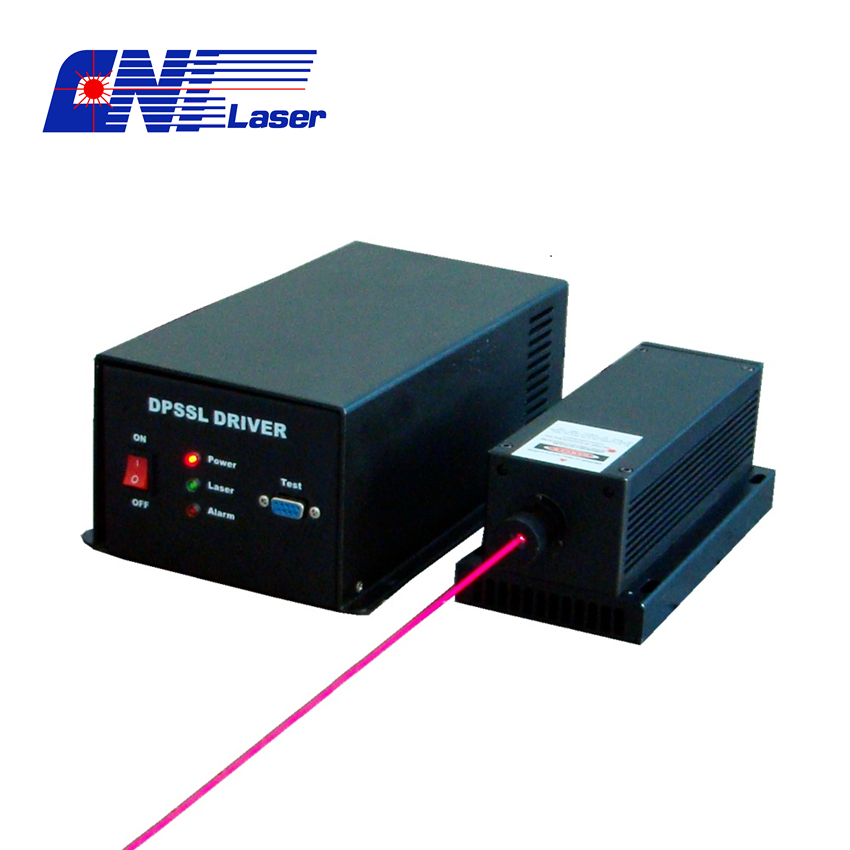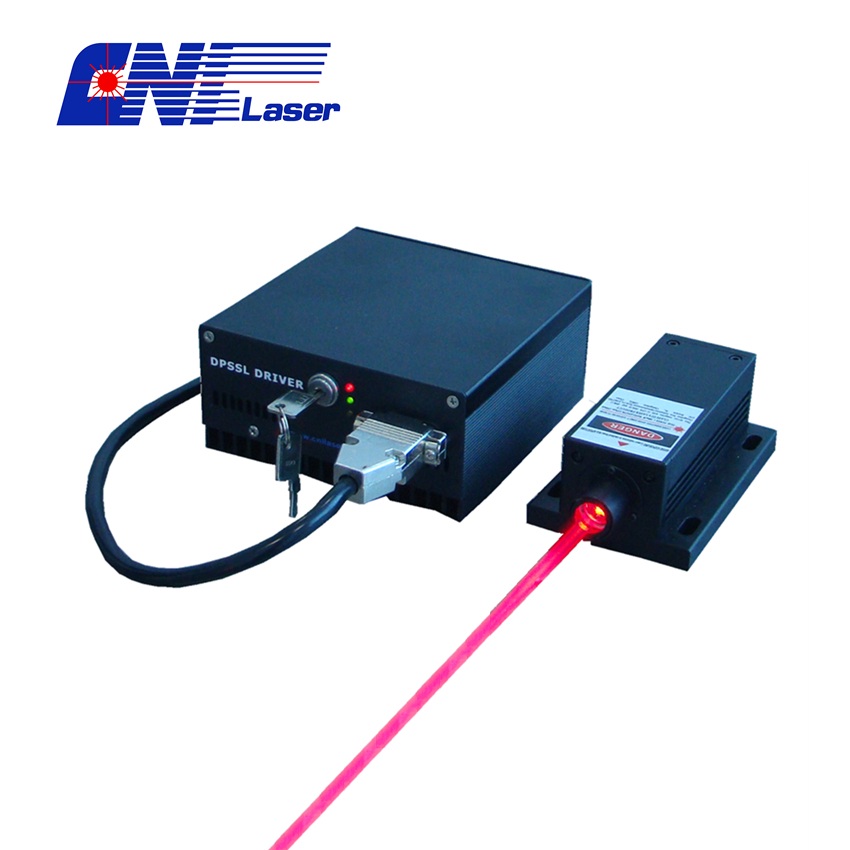Red Laser
Red lasers include DPSS (diode-pumped solid-state) Laser and diode laser. This series laser include 3 series: high power and stability, low noise and Single Frequency Laser. Free space or fiber-coupled (SM fiber, MM fiber, homogenization fiber) output available. They are widely used in bioengineering, fluorescent substance, raman spectra and so on. Following wavelength are available for red laser:
â—†Diode-pumped All Solid-state Red Laser
604 nm 607 nm 612 nm 622 nm 639 nm 640nm 642 nm 650 nm 656.5 nm 666 nm 671 nm 689 nm 721 nm
Red Laser,Pulsed Red Laser,Red Laser Pointer,Red Laser Beam Changchun New Industries Optoelectronics Technology Co., Ltd. , https://www.cnioptics.com
â—†Diode Red Laser
627 nm 635 nm 637nm 640 nm 642 nm 650nm 655 nm 660 nm 665 nm 680nm 685 nm 690 nm 705 nm 730 nm 750 nm 760 nm


What you must know about bicycle warranties
How important is a warranty when buying a bicycle? Are all warranties the same? What exactly does a warranty cover? These are questions that many consumers ask when purchasing a high-cost item like a bicycle. Unlike home appliances or even cars, bicycle warranties can be quite complex and often misunderstood. Understanding them before making a purchase can save you from future stress and headaches.
A warranty is essentially a promise from the manufacturer to the consumer. It guarantees that if a covered component fails due to a manufacturing or workmanship defect, it will be repaired or replaced at no cost. However, these promises usually come with conditions and limitations.
For manufacturers, warranties serve as both a marketing tool and a way to build brand loyalty. They also act as a source of revenue with relatively low risk. Studies show that a warranty can significantly influence a buyer’s decision when purchasing expensive items.
When it comes to bicycles, there are various types of warranties, such as Lifetime Warranty, Limited Lifetime Warranty, Limited Warranty, and Limited Crash Damage Warranty. Different components on a single bike may have different coverage. For example, while the frame might have a lifetime warranty, the drivetrain could have a two-year limited warranty from the component manufacturer, not the bike brand itself.
A **Lifetime Warranty** is often seen as the gold standard, but its meaning can vary. Some manufacturers define "lifetime" as the time the original owner possesses the product, while others mean the product's expected lifespan based on testing. In some cases, it refers to how long the product is in production. Always check the warranty document for clarity.
A **Limited Warranty** typically covers specific parts, certain defects, and has a defined duration. Exclusions often include cosmetic damage, wear and tear, accidental damage, and improper use. Many warranties are tied to the original owner, which can affect resale value.
Some manufacturers offer **Crash Replacement**, which provides a discount on replacing damaged frames or wheels. While this is helpful, especially for riders prone to accidents, it may not always result in identical replacements, especially if the part is outdated.
Your bike consists of hundreds of parts, many of which are made by third-party suppliers. Each component may have its own warranty. For example, Shimano, SRAM, and Campagnolo offer varying warranty periods, while brands like Mavic, Enve, and Reynolds provide crash replacement options.
Most manufacturer warranties are non-transferable, which can be an issue when buying used bikes. Some companies now offer limited transferability, giving second owners a shorter period of coverage.
Warranty claims are handled by the manufacturer, not the shop where you bought the bike. While shops can assist, they can’t authorize claims. If you’re unsure, take your bike to the original retailer or a shop that specializes in the brand.
If you buy a bike directly from a brand, you’ll need to contact their warranty department. Some brands may send replacement parts and refund labor costs, while others require shipping the bike for repair.
Warranties typically exclude things like modifications, poor maintenance, and improper assembly. Regular maintenance is crucial to keep your warranty valid. Neglecting basic upkeep, such as lubricating the chain or servicing suspension, can void your coverage.
Recall notices are issued if a significant manufacturing defect is found. It’s essential to act quickly and have the issue resolved before continuing to ride.
An **extended warranty** offers added peace of mind beyond the original term. It can cover normal wear and tear, which is common on components like the drivetrain and brakes.
Lastly, consider **insurance** for additional protection. While warranties don’t cover accidents or theft, policies like those offered by Velosurance can provide coverage for crashes, theft, and other risks. This can be especially valuable for e-bikes.
Understanding your warranty and maintaining your bike properly can make all the difference in ensuring a smooth and enjoyable cycling experience.